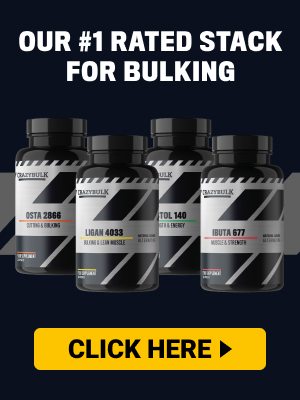Workout Tips for Beginners Who Want to Build Big Muscles
Starting your muscle-building journey can feel overwhelming. Walk into any gym and you’ll see a hundred different exercises, machines, and routines — but not all of them will help a beginner grow effectively.
If your goal is to build muscle and strength as efficiently as possible, you need to focus on the fundamentals: training with structure, lifting with good form, fueling your body properly, and recovering hard.
This guide breaks down practical, no-nonsense tips every beginner needs to know. Whether your dream is to bulk up your frame, carve out a lean physique, or just get stronger, these principles will accelerate your progress.
Master the Basics Before Anything Else
As a beginner, your body responds rapidly to training — but only if you give it the right stimulus. Forget advanced techniques for now and focus on compound lifts that target multiple muscle groups:
- Squat
- Deadlift
- Bench Press
- Overhead Press
- Pull-Ups or Lat Pulldowns
- Rows
👉 Why it matters: These movements build your foundation of strength and muscle faster than isolation work alone.
🔗 Related Guide: [Beginner Full-Body Workout Plan]
Train With a Structured Program
Walking into the gym and winging it is a recipe for slow progress. Instead, follow a proven beginner-friendly program like:
- Full-Body Training (3x per week)
- 5×5 Strength Program
- Push Pull Legs (intermediate transition)
A structured program ensures you hit each muscle group enough times per week, while balancing volume and recovery.
🔗 Related Guide: [5×5 Strength Training Program]
Prioritize Progressive Overload
Muscle growth doesn’t happen unless you gradually challenge your body. Add weight, reps, or sets over time to keep making progress.
Practical ways to apply progressive overload:
- Add 2.5–5 lbs (1–2.5 kg) to your lifts weekly.
- Push for one extra rep each session.
- Increase training volume over months, not weeks.
👉 Consistency beats big jumps. Think “slow and steady progression,” not ego lifting.
🔗 Related Principle: Progressive Overload Explained.
Nail Your Form Before Adding Weight
It’s tempting to load the bar as heavy as possible, but poor form leads to stalled gains and injuries. Start light, record yourself lifting, and don’t hesitate to ask for feedback. A solid foundation of technique now pays dividends later.
Pro tip: Leave your ego at the door. Strength will come — safety and longevity matter more.
Train With Intensity, But Don’t Chase Failure Every Set
Beginners often either undertrain (too easy) or overtrain (to failure every set). The sweet spot?
- Push most working sets to about 1–2 reps short of failure (RIR: Reps in Reserve).
- Save all-out failure for accessory work, not heavy compounds.
This ensures you’re working hard enough to grow without frying your recovery.
Fuel Your Body for Growth
No matter how hard you train, you won’t grow without enough food. Beginners often under-eat, slowing muscle growth.
- Protein: Aim for 1.6–2.2 g per kg of bodyweight daily.
- Calories: Be in a small surplus (about +200–300 kcal/day).
- Carbs & Fats: Don’t fear carbs; they fuel performance and recovery.
🔗 Related Guide: [Protein for Muscle Growth]
Respect Recovery as Much as Training
Muscles grow when you rest — not in the gym. Sleep, rest days, and stress management are as important as your workouts.
- Get 7–9 hours of sleep per night.
- Take at least 1–2 rest days per week.
- If you’re constantly sore or fatigued, scale back volume.
🔗 Related Guide: [Beginner’s Guide to Recovery]
Track Your Progress
If you’re not tracking, you’re guessing. Keep a simple log of:
- Weights, reps, and sets
- Body weight (weekly average)
- Photos every 4 weeks
This not only shows progress but keeps you motivated when visual changes feel slow.
Stay Consistent and Patient
The biggest mistake beginners make? Expecting results overnight. Building serious muscle takes time — months, even years. Stay consistent, trust the process, and embrace the journey.
Final Thoughts
As a beginner, your biggest advantage is that everything works — at first. If you stick to proven fundamentals, train consistently, eat enough, and recover well, you’ll build muscle faster in your first year than at any other time in your lifting career. Don’t waste that golden window.
🔗 Next Steps:
- Start your journey with our [Beginner Full-Body Workout Plan].
- Level up with the [5×5 Strength Training Program].
- Learn the science of [Progressive Overload] to keep growing.






